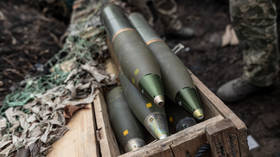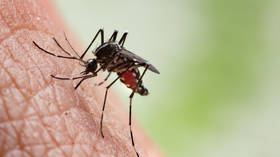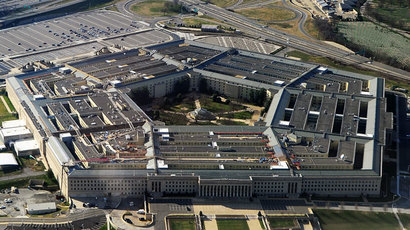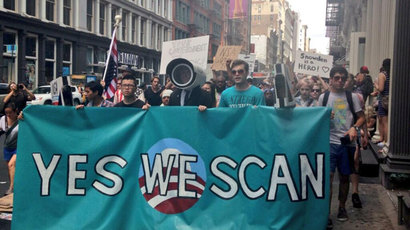New Snowden leak: Australia’s place in US spying web
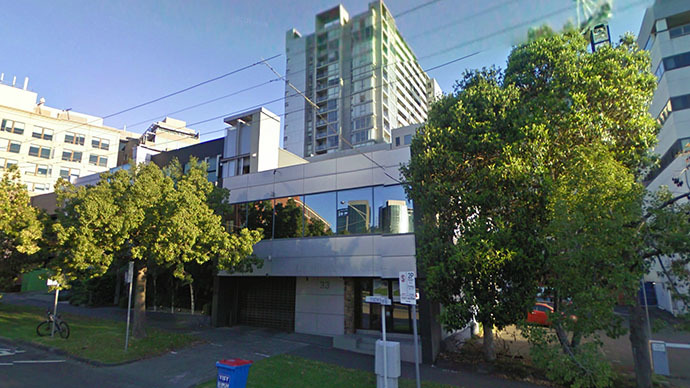
Ex-NSA contractor and whistleblower Edward Snowden has disclosed his first set of documents outlining Australia’s role in NSA surveillance programs, picking out four facilities in the country that contribute heavily to US spying.
The locations of dozens of the US’s and associated countries
signal collection sites have been revealed by Snowden, who leaked
classified National Security Agency maps to US journalist Glenn
Greenwald, which were then published in the Brazilian newspaper
“O Globo.”
The sites all play a role in the collection of data and
interception of internet traffic and telecommunications on a
global level.
Australian centers involved in the NSA’s data collection program,
codenamed X-Keyscore, include Joint Defence Facility Pine Gap in
central Australia and three Australian Signals Directorate
facilities: the Shoal Bay Receiving Station in the country’s
north, the Australian Defence Satellite Communications Facility
on the west coast, and the naval communications station HMAS
Harman outside the capital, Canberra.
New Zealand also plays a role, with the Government Security
Communications Bureau facility at Waihopai, on the northern point
of South Island, also contributing to the program.
X-Keyscore is described as a “national Intelligence collection
mission system” by US intelligence expert William Arkin,
according to Australian newspaper The Age. It processes
all signals prior to being delivered to various “production
lines” that deal with more specific issues including the
exploration of different types of data for close scrutiny.
The different subdivisions are entitled Nucleon (voice), Pinwale
(video), Mainway (call records) and Marina (internet
records).
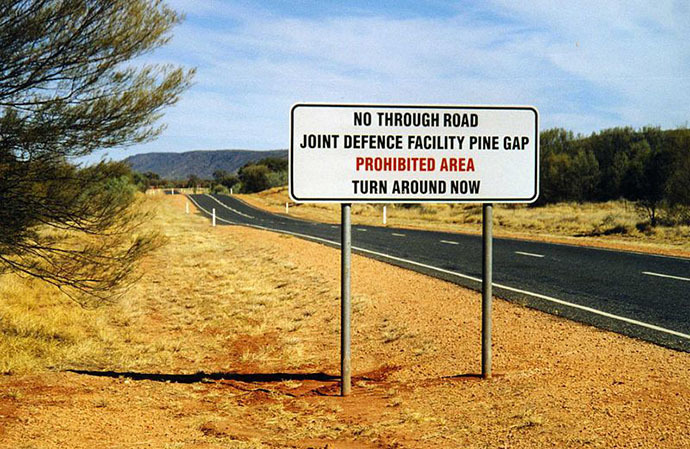
A spokesman for Australian Prime Minister Kevin Rudd declined to
comment on the revelatory map, saying that it was not government
practice to comment on intelligence matters, according to
national broadsheet The Australian.
Australia is one of the “Five Eyes” – an alliance of
intelligence-sharing countries which include of the US, United
Kingdom, Canada, Australia and New Zealand.
When documents were published pertaining to the British signal
intelligence agency, GCHQ’s “Tempora” program, Snowden reportedly
commented that the other partners in the “Five Eyes” intelligence
“sometimes go even further than the [National Security Agency]
people themselves.”
“If you send a data packet and if it makes its way through the
UK, we will get it. If you download anything, and the server is
in the UK, then we get it,” he said.
In an interview published online last weekend in advance of its
printing in German magazine ‘Der Speigel’ this week, Snowden
argued that the NSA was ‘in bed with the Germans’ commenting that the
organization of intelligence gathering in countries involved with
the organization is such that political leaders are insulated
from the backlash, going on to denounce “how grievously
they're violating global privacy.”
Germany reacted to the report on Monday, with German chancellor
Angela Merkel's spokesman, Steffen Seibert, telling Reuters that
the Federal Intelligence Agency’s (BND) cooperation with the NSA
“took place within strict legal and judicial guidelines and is
controlled by the competent parliamentary committee.”
The US and its affiliates have intelligence facilities
distributed worldwide in a variety of US embassies, consulates
and military facilities. In an earlier report by Der Spiegel,
also based on revelations by Snowden, it was revealed that the
NSA bugged EU diplomatic offices and gained access to EU internal
computer networks.



